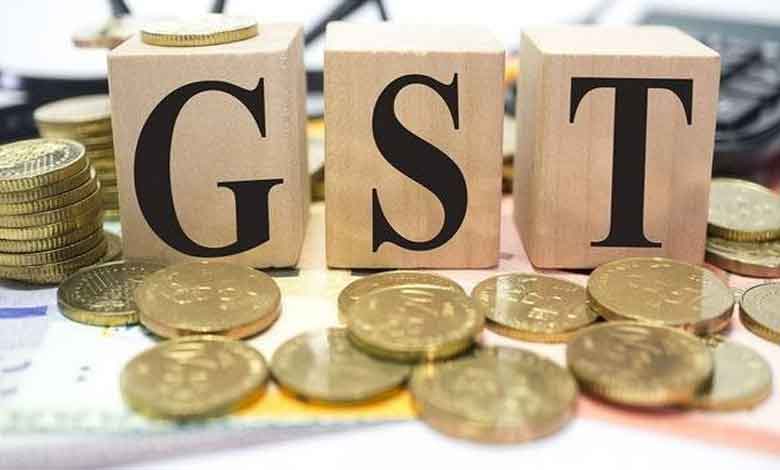India GST Rate Cuts Are Coming: How Product Categorization Will Define Your Savings
Major GST reforms are on the horizon. Discover how the proposed tax slab merger to 5% and 18% could lower prices on everyday items and which product categories will see the biggest benefits for your wallet.

NEW DELHI: The 56th GST Council meeting, scheduled for September 3–4, 2025, is poised to approve a sweeping overhaul of India’s Goods and Services Tax (GST) structure. Driven by the Next-Generation GST reforms announced by Prime Minister Narendra Modi, the council’s decisions aim to simplify the tax regime, boost consumption, and reduce compliance burdens. While consumers and businesses can expect overall benefits, the exact extent of savings will be entirely determined by the final categorization of goods and services under the new slabs.
Table of Contents
The meeting, to be held in the national capital and chaired by Union Finance Minister Nirmala Sitharaman, will bring together finance ministers from all states and union territories. The primary agenda is to rationalize the complex multi-slab system into a simpler structure, a long-standing demand from industries and taxpayers since GST’s inception.
Key Proposed Changes to GST Slabs
The Council is expected to debate and finalize a significant shift from the current multi-rate system to a more streamlined model. The proposed changes include:
A Two-Rate Primary Structure: The current slabs of 5%, 12%, 18%, and 28% are likely to be merged primarily into two core tax rates: 5% and 18%. This merger is designed to drastically simplify tax filing and reduce classification disputes.
Expansion of the Nil-Rate Slab: The category of goods that attract a 0% GST rate is expected to be expanded. While the official list is yet to be finalized, this move is targeted at providing relief on essential and daily-use items, making them more affordable for the common household.
Introduction of a 40% Slab for “Sin Goods”: To compensate for revenue loss and target luxury or demerit goods, a new top tier of *40%* may be introduced. This slab is intended to correct inverted duty structures and apply to items currently taxed at the highest rate.
Sector-Specific Reductions: Specific sectors are slated for relief. Notably, the GST on health and life insurance premiums is expected to be reduced from the current 18% slab. This will directly lower the cost for policyholders.
Follow for more details: munsifdaily.com
How Categorization Decides Your Final Benefit
The broad announcement of rate cuts translates into tangible savings only when a product is officially recategorized. The new slab a product is placed into will be the ultimate determinant of its final price. Here’s a breakdown of potential impacts based on category:
Fast-Moving Consumer Goods (FMCG): Many everyday items like packaged foods, personal care products, and other commodities currently in the 18% bracket could be moved to the 5% slab. This recategorization would lead to a significant drop in their retail prices, providing direct relief to consumers and potentially boosting demand for companies.
Automobiles: Proposals suggest that motor vehicles under 1200cc and motorcycles under 350cc could see their tax rates reduced. Furthermore, a cut for auto components would lower manufacturing costs, a benefit that could be passed on to buyers.
Insurance Policyholders: A confirmed reduction for insurance premiums from 18% to a lower slab would mean immediately lower premium costs for millions of health and life insurance customers, enhancing insurance penetration.
Also Read: Meet Xiao He: China’s Humanoid Robot Steals the Show at SCO Summit 2025
Manufacturers and Retailers: Simplified slabs will lead to easier tax calculations and fewer compliance headaches. Reduced rates on inputs like auto components will lower production costs, improve profit margins or allow for more competitive pricing.
Balancing Act: The Challenge for States
While taxpayers stand to gain, the proposed rate rationalization presents a significant challenge for state governments dependent on GST revenue. The Council will need to carefully navigate the potential fiscal impact of lower tax rates. A key agenda item will be to discuss the future of the compensation cess framework and revenue-sharing mechanisms to safeguard state revenues and ensure a consensus is reached.
The Big Picture: GST 2.0
The outcomes of this meeting are being viewed as the foundation of GST 2.0. The reforms are focused on creating a more predictable and efficient indirect tax system. Additional measures like pre-filled GST returns, and automated refunds are also on the agenda, aiming to further ease compliance and reduce litigation.
In conclusion, the 56th GST Council meeting is set to mark a pivotal moment for India’s economy. The proposed rate cuts promise widespread benefits, but it is the final decision on product-by-product categorization that will ultimately dictate how much lighter the tax burden feels for the average Indian consumer and business.
